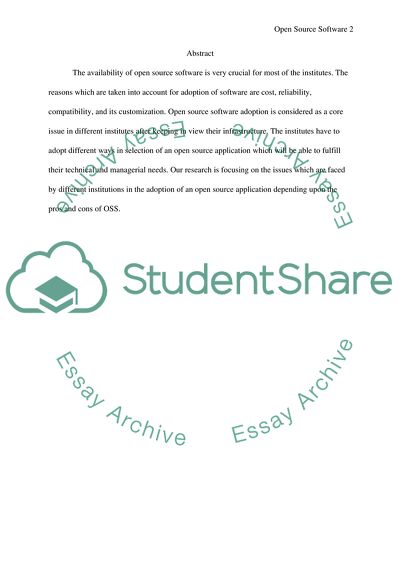Cite this document
(“Institutional adoption of Open Source Software pros and cons Research Paper”, n.d.)
Institutional adoption of Open Source Software pros and cons Research Paper. Retrieved from https://studentshare.org/miscellaneous/1564353-institutional-adoption-of-open-source-software-pros-and-cons
Institutional adoption of Open Source Software pros and cons Research Paper. Retrieved from https://studentshare.org/miscellaneous/1564353-institutional-adoption-of-open-source-software-pros-and-cons
(Institutional Adoption of Open Source Software Pros and Cons Research Paper)
Institutional Adoption of Open Source Software Pros and Cons Research Paper. https://studentshare.org/miscellaneous/1564353-institutional-adoption-of-open-source-software-pros-and-cons.
Institutional Adoption of Open Source Software Pros and Cons Research Paper. https://studentshare.org/miscellaneous/1564353-institutional-adoption-of-open-source-software-pros-and-cons.
“Institutional Adoption of Open Source Software Pros and Cons Research Paper”, n.d. https://studentshare.org/miscellaneous/1564353-institutional-adoption-of-open-source-software-pros-and-cons.


